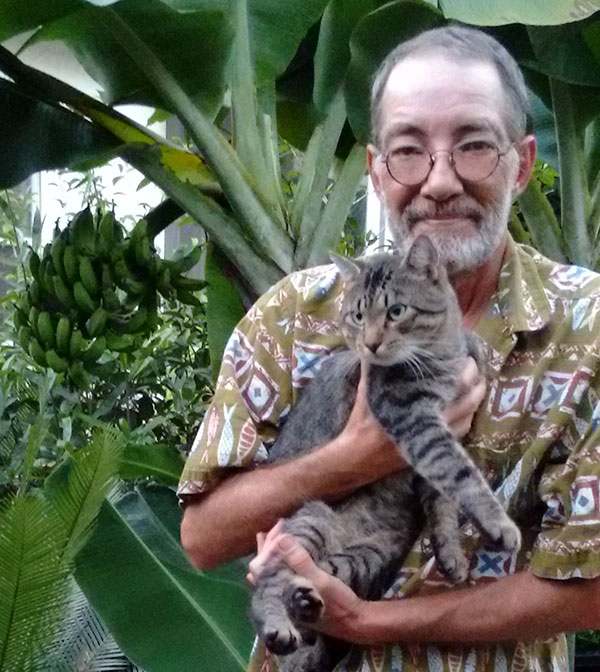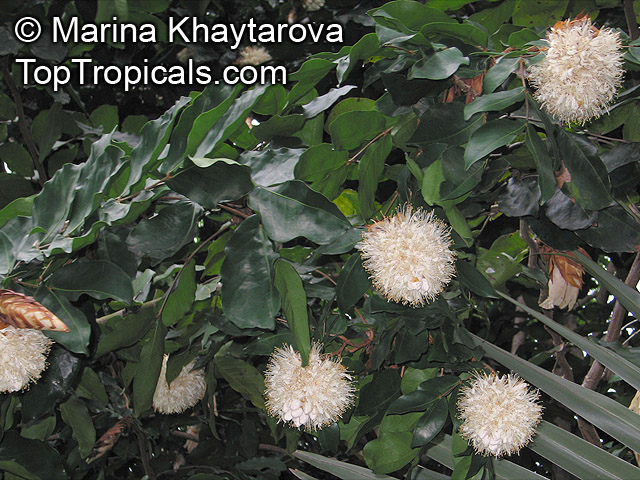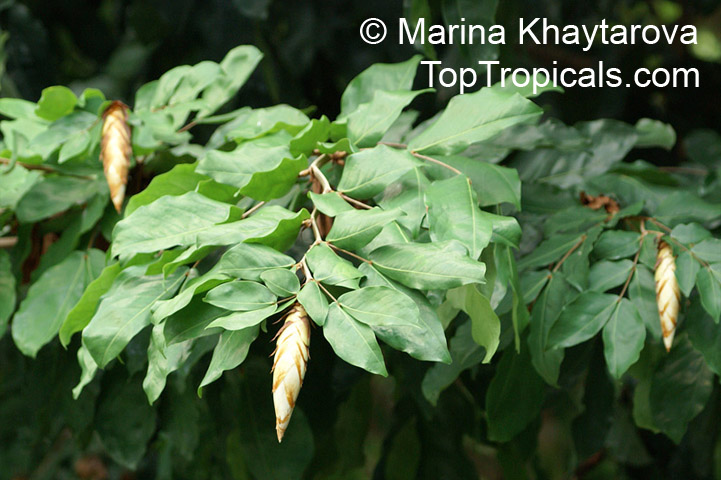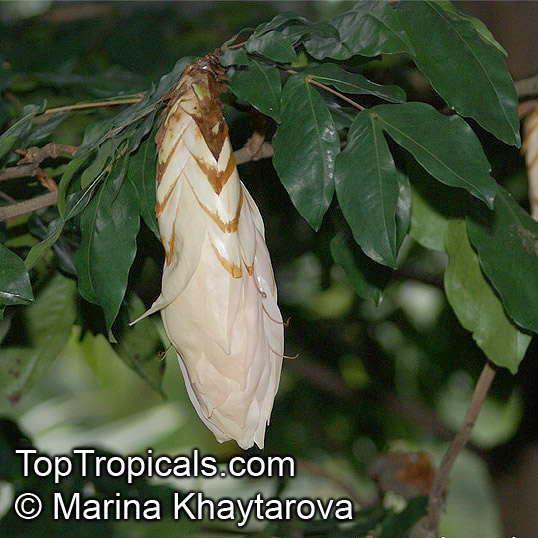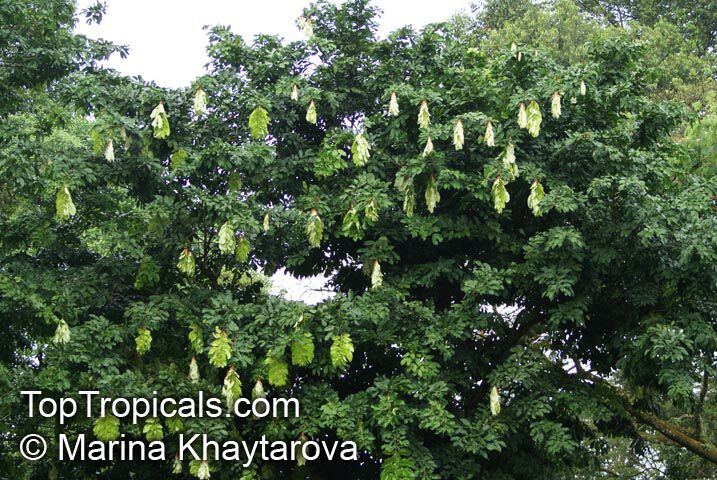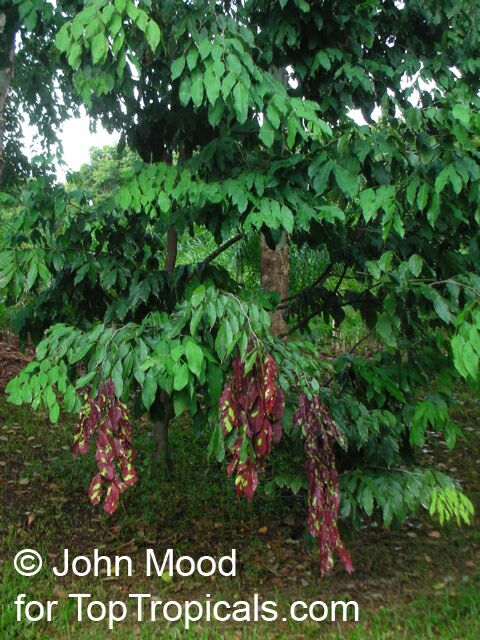Maniltoa, the Handkerchief Tree
by Mark Hooten, the Garden Doc
Manifestation of the Ghost Trees
About the Author
Mark Hooten has been fascinated by horticulture since childhood, with interests including tropical fruits, cacti, ethnobotany, entheogens, and variegates. Having been employed in both FL and CA by botanical gardens and specialist nurseries as horticulturist, manager, propagator, and consultant, he is happy to speak with fellow plant worshipers at TopTropicals Nursery. Mark is currently busy writing a volume on the complicated history of croton varieties. His passions are plants, cats, and art of painting.
Recently, I was speaking with a number of very knowledgeable rare plant collecting friends about unusual tropical trees. I found it surprising that most had never heard of a group collectively known as "handkerchief" or "New Guinea Ghost" trees. Because they are unspeakably spectacular, so it came to my attention that I must inform Top Tropical's friends about their existence... They certainly need to be better well known and appreciated!
What makes these rare beauties so wonderful is not only the very nice white Hydrangea-like flowers on the ends of the branches, but also the slowly unfolding new leaves. A number of times a year, they develop little bracts on the ends of their branches which then erupt into stunning cascades of long, weeping ivory-pink new leaves. Most notably, in the more horizontal light of morning or evening, against the deep bottle-green of older leaves, these new hanging growths create the impression of being nearly incarnate apparitions floating in mid-air. I am sure this is the reason for its scientific name Maniltoa, deriving from the New Guinea name for the tree, Manilto - which means "ghost" or "manifestation".
Although they are hard to come-by, they are not at all difficult to grow either in the landscape of warmer regions such as much of Florida, or even as a house plant in decent lighting. I know of one lady who grows a beautiful specimen in her sun room in Minnesota! Unfortunately, while early horticultural authors and nursery-owners in Florida a hundred years ago were growing and writing glowingly about them, today, the "Ghost Trees" seem to have now almost been forgotten. I believe this is only because they can really only be grown from seeds which are termed "recalcitrant", meaning they have no dormancy period and must be planted immediately upon ripening. That really does make it difficult to establish a plant from one hemisphere to another!
However, we do have some very nice specimens obtained with great difficulty directly from Thailand which now deserve good loving homes. I will say that whether planted in the ground in a suitable warm climate, or even grown as a larger houseplant farther north, the Maniltoas will make for a great visual display and something any grower should be proud of. In the ground in a suitable climate, one could expect such a tree to grow over a foot a year, becoming a substantial artistic accent in only a few years. I know I would certainly enjoy seeing them in our local landscapes!
The most interesting species are:
Browneopsis ucayalina - Maroon Handkerchief
Maniltoa browneoides (gemmipara) - Double Flower Dwarf Handkerchief
